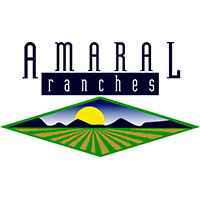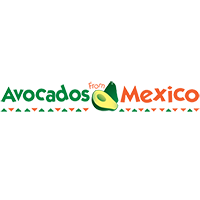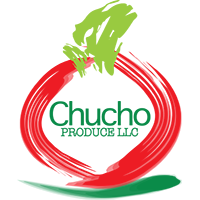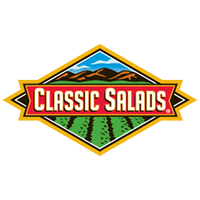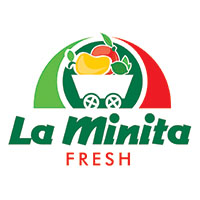How to Find Us?

Turnip
The most common type of turnip is mostly white-skinned apart from the upper 1–6 centimeters, which protrude above the ground and are purple, red, or greenish wherever sunlight has fallen. This above-ground part develops from stem tissue, but is fused with the root. The interior flesh is entirely white. The entire root is roughly conical, but can be occasionally global, about 5–20 centimeters in diameter, and lacks side roots.
Turnip greens, cooked, boiled, drained, without salt
Nutritional value per 100g (3.5oz)
Energy 84 kJ (20 kcal)
Carbohydrates
4.4 g
Sugars 0.5 g
Dietary fiber 3.5 g
Fat
0.2 g
Protein
1.1 g
Vitamins
Vitamin A equiv.
beta-carotene
lutein zeaxanthin
(48%) 381 μg
(42%) 4575 μg
8440 μg
Thiamine (B1) (4%) 0.045 mg
Riboflavin (B2) (6%) 0.072 mg
Niacin (B3) (3%) 0.411 mg
Pantothenic acid (B5)
(5%) 0.274 mg
Vitamin B6 (14%) 0.18 mg
Folate (B9) (30%) 118 μg
Vitamin C (33%) 27.4 mg
Vitamin E (13%) 1.88 mg
Vitamin K (350%) 368 μg
Trace metals
Calcium (14%) 137 mg
Iron (6%) 0.8 mg
Magnesium (6%) 22 mg
Manganese (16%) 0.337 mg
Phosphorus (4%) 29 mg
Potassium (4%) 203 mg
Sodium (2%) 29 mg
Units
μg = micrograms • mg = milligrams
IU = International units
Percentages are roughly approximated using US recommendations for adults.
SOURCE: USDA NUTRIENT DATABASE

